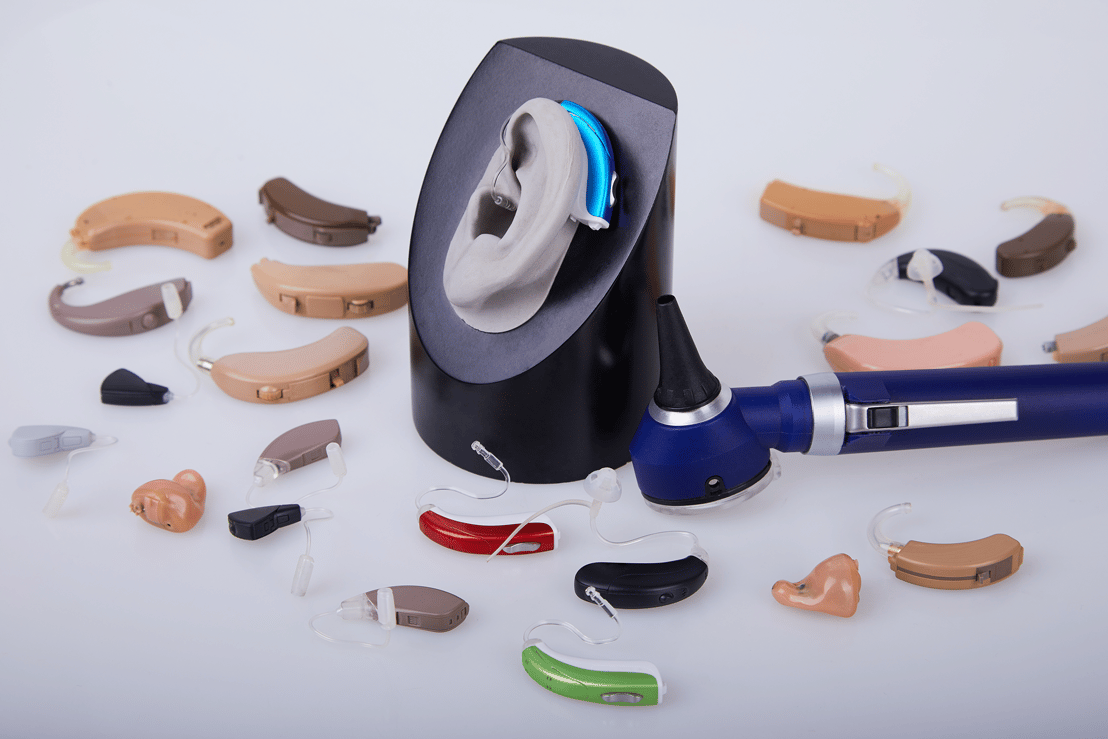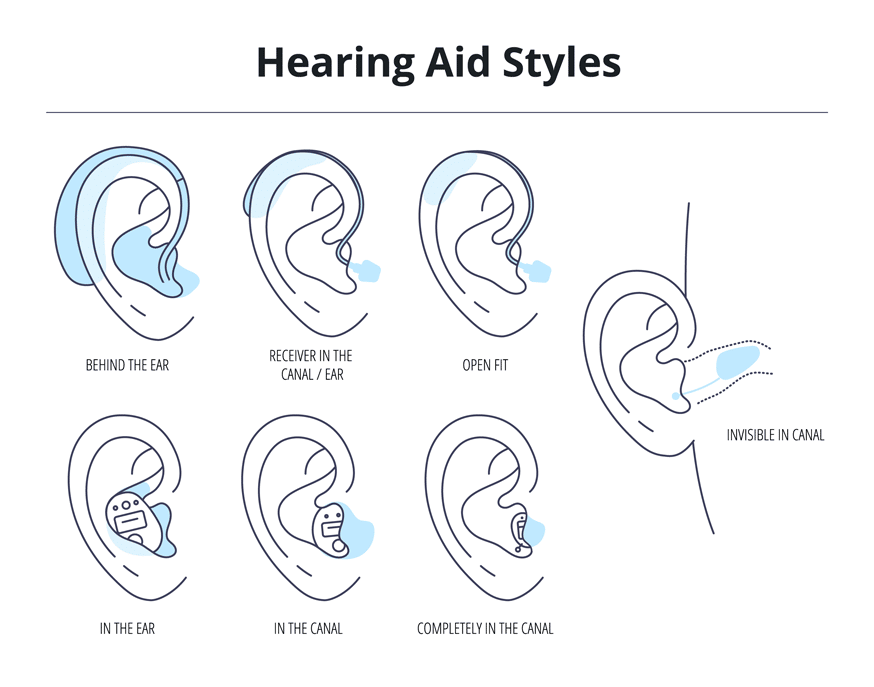
Whether you’re starting to experience issues with your hearing or looking to replace your current pair of hearing aids, having a plan when starting the hearing aid process is critical. And there are a few things you should keep in mind when buying a hearing aid.
Hearing loss is common, and there are many options for help. Although having a lot of choices can be great, it can also complicate things. But one thing is for sure. You should act as soon as you notice a change in your hearing. Wearing hearing aids sooner than later can significantly help your ears and brain acclimate to reintroducing lost sounds more effectively.
Stats on hearing loss
Hearing loss is the third most prevalent chronic health condition facing older adults in the United States. It affects approximately 48 million people in the U.S. and millions worldwide. One of the largest growing demographics of hearing loss is young adults 18-25.
Checklist for buying hearing aids

Check your insurance coverage
Some insurance plans may cover some or all of your prescription hearing aid expenses, making treatment and support more feasible. United Health Care allows those with and without health insurance to access significant savings on prescription and OTC hearing aids. So be sure to check with your health plan to see what options may be available.
Start with a consultation.
A variety of hearing health professionals can diagnose and treat your hearing loss—seeking a hearing specialist with strong professional credentials- including education, knowledge, and a good reputation in the community. Price should not be your only determining factor when searching for a hearing care provider.
Understand your level of hearing loss
You can take an online hearing test and gain a general understanding of your hearing status. Ideally, we recommend scheduling an appointment with a hearing care professional for a thorough exam. By doing so

Hearing aid Styles
Hearing aids come in many sizes and styles, ranging from behind the ear to entirely in the ear canal. Be sure to consider the ease of use, functionality, appearance, and cost of hearing aid styles.
It’s essential to work with an Audiologist or hearing care professional, as the degree of hearing loss should match the power of the hearing aid(s). This is one significant step that is being overlooked by many people looking to purchase over-the-counter hearing aids. Matching the hearing aid to your level of hearing loss is similar to matching glasses to your vision loss. However, over time, there are generally more adjustments needed with hearing aids.

Technology
Today’s hearing aids have state-of-the-art processors to optimize speech while simultaneously reducing background noise. Many hearing aids feature Bluetooth, which lets you answer phone calls and stream music or TV audio directly through your hearing aids – making it more effortless to stay connected with your environment.
Hearing aids with directionality contain multiple microphones spaced at specific distances from one another within the hearing aid. The contrast in the timing of sound arrival to each of the microphones dictates how the hearing aid reacts to the sound, allowing the hearing aid to target a specific sound source in front of you, enhancing the sounds of speech.
Understand the return policy and warranty
Make sure you take the time to find out exactly when the trial period for your hearing aids ends. Find out if any fees are associated with returning your hearing aids and if you can try a different model should the first option not work well for you.
Once you have a solid understanding of the return policy, you must understand what your hearing aid warranty covers and doesn’t cover. Your hearing provider should supply you with a copy of the warranty and clearly explain what is (and isn’t) covered under warranty. Some practices offer extended warranties to cover loss/damage, covering you beyond the manufacturer warranty expiration date.
Follow up with your professional
The initial fitting is just the begging. Once you have found a hearing aid that works for your lifestyle, technological needs, and fit, it can take some time to reacclimate to all the sounds you previously missed. Due to the re-acclimation, it’s important to keep follow-up appointments with your hearing specialist so they can make sure your hearing aids are working best as possible for you in every condition.
As a reminder, you most likely lost your hearing slowly over several years. It will take time to adjust to wearing hearing aids and hearing sounds around you. After a short period, your brain will adapt and get used to hearing sounds again, but it can sometimes be exhausting.
Hear Better and Live Better
We constantly hear, “ I wish I had done this sooner.” Or, “I can’t believe how much I have been missing” – from those who get hearing aids. That’s why the last piece of the process is to be proud of yourself and enjoy your life with improved hearing.
